How It Works
Pollinative follows the process of helping to restore natural features and functions of degraded ecosystems. Ecological restoration is often an important element for conservation and/or enhancement of natural biodiversity.
Every project is unique. Our restoration approach and services to achieve successful and sustainable ecological restoration may include a combination of services that we can provide:
Detailed Site Evaluation (baseline conditions survey, inventory assessment, constraints evaluation)
Planning and Design
Site Preparation (clearing, grading, and tillage which may include soil decompaction, scarification, pit and mound creation, soil amending)
Seeding, Planting and related landscape services
Invasive Species Eradication and Weed Management
Maintenance and Tending (e.g., irrigation, pest management, prescribed burns)
Long-term Management Planning and Operational Training (turn-key solutions)
Public Education
Benefits of Pollinators
Pollinators transfer pollen and seeds from one flower to another, fertilizing the plant so it can grow and produce food. Cross-pollination helps at least 30 percent of the world’s crops and 90 percent of our wild plants to thrive. Without bees to spread seeds, many plants—including food crops—would die off.
90% of all plants cannot reproduce without the help of these pollinators and these species cannot survive without our help in creating safe habitats. The grasslands and flower meadows will help the population of all our native pollinators.
Native Species
Native species are a crucial part of creating the ecosystems that exist today.
It is biodiversity and the numerous connections amongst species that builds ecological integrity, function, and sustainability.
Native Plants Can:
Create a food web that increases wildlife
Cool local climate through transpiration
Deflect weeds and invasive plants
Conserve water
Increase success of hardwood plantings
Provide ecological services such as crop pollination, pest control, water filtering, and water conservation
Prevent run off, pollution, and erosion
Provide pleasing low-maintenance surroundings
Invasive Species Removal
In Ontario, it is illegal to import, deposit, release, breed/grow, buy, sell, lease or trade these four restricted invasive species:
dog-strangling vine (also known as pale swallowwort) Cynanchum rossicum
black dog-strangling vine (also known as black swallowwort) Cynanchum louiseae
Japanese knotweed Reynoutria japonica var. japonica
phragmites (also known as European common reed)Phragmites australis subsp. australis
It is also illegal to bring these plants into provincial parks and conservation reserves and to possess, transport, deposit or release them in these protected areas.
Over 100,000 sq meters of wild flowers planted.
Thanks to our corporate sponsors!!







